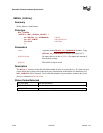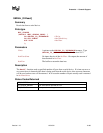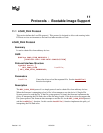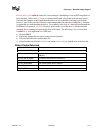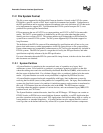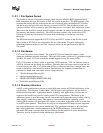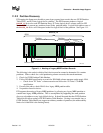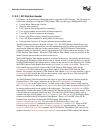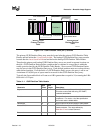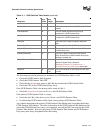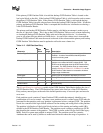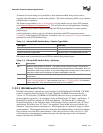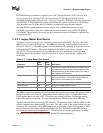
Extensible Firmware Interface Specification
11-6 12/01/02 Version 1.10
This directory contains EFI images that aide in recovery if the boot selections for the software
installed on the EFI system partition are ever lost. Any additional EFI executables must be in
subdirectories below the vendor subdirectory. The following is a sample directory structure for an
EFI system partition present on a hard disk.
\EFI
\<OS Vendor 1 Directory>
<OS Loader Image>
\<OS Vendor 2 Directory>
<OS Loader Image>
. . .
\<OS Vendor N Directory>
<OS Loader Image>
\<OEM Directory>
<OEM Application Image>
\<BIOS Vendor Directory>
<BIOS Vendor Application Image>
\<Third Party Tool Vendor Directory>
<Third Party Tool Vendor Application Image>
\BOOT
BOOT{machine type short name}.EFI
For removable media devices there must be only one EFI system partition, and that partition must
contain an EFI defined directory in the root directory. The directory will be named EFI. All OS
loaders and applications will be stored in a subdirectory below EFI called BOOT. There must only
be one executable EFI image for each supported processor architecture in the BOOT directory. For
removable media to be bootable under EFI, it must be built in accordance with the rules laid out in
Section 17.4.1.1. This guarantees that there is only one image that can be automatically loaded
from a removable media device by the EFI Boot Manager. Any additional EFI executables must be
in directories other than BOOT. The following is a sample directory structure for an EFI system
partition present on a removable media device.
\EFI
\BOOT
BOOT{machine type short name}.EFI



